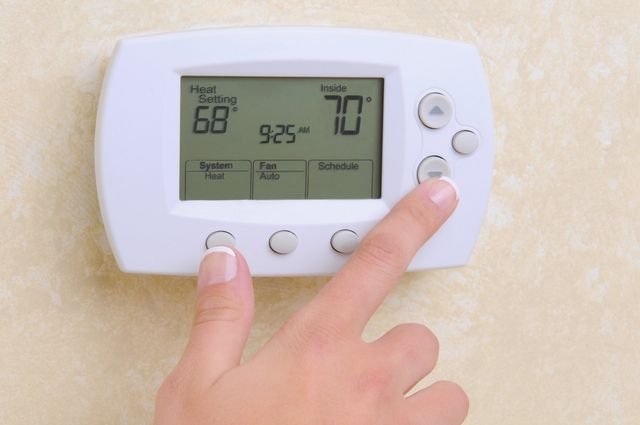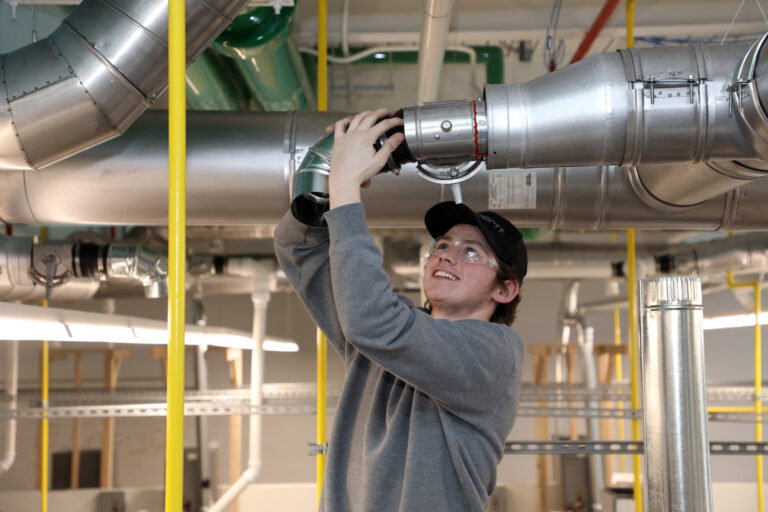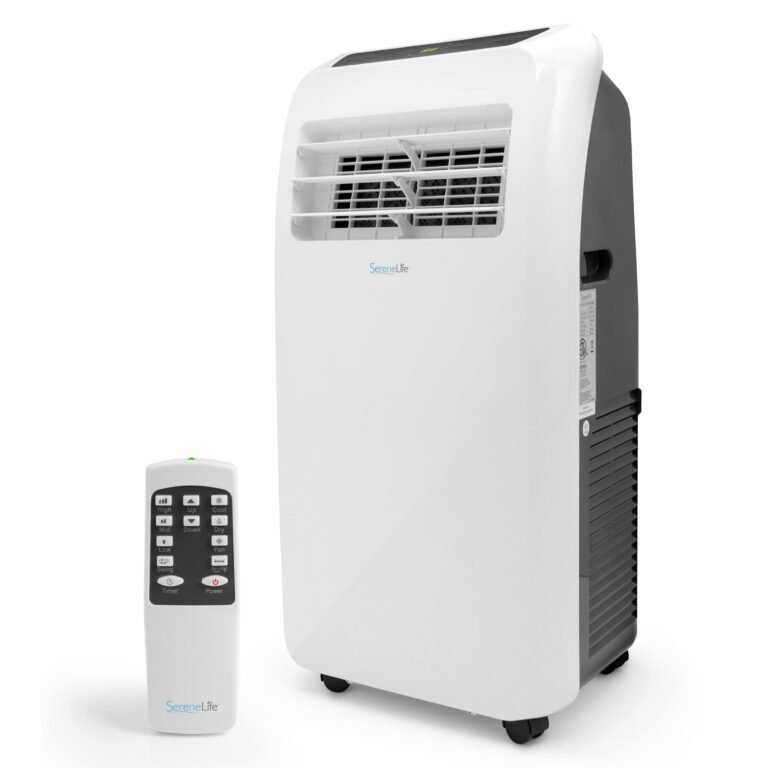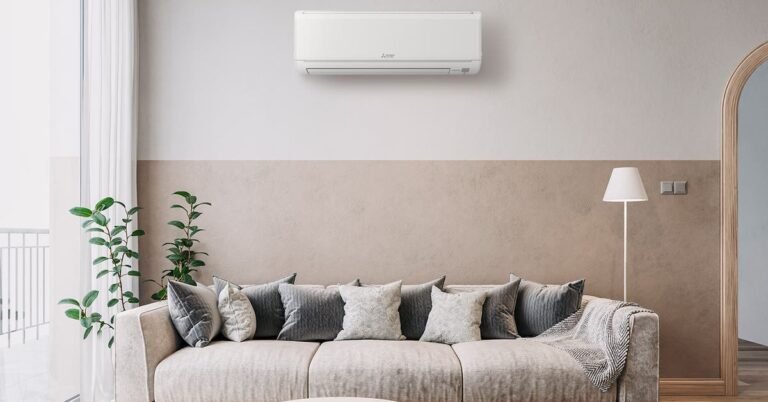How Many Btu Per Square Foot Cooling: The Ultimate Calculator
The number of BTUs per square foot for cooling depends on several factors such as insulation, climate, and ceiling height. It is recommended to have around 20 BTUs per square foot for cooling a space effectively.
Calculating the total BTUs required for a specific area can help determine the appropriate size of an air conditioning unit. Factors such as the number of windows, orientation of the room, and heat-generating appliances should also be considered. By accurately determining the required BTUs, you can ensure optimal comfort and energy efficiency in your space.
Understanding Btu And Square Footage
Understanding Btu and Square Footage: Btu stands for British thermal unit, which is a unit of measurement used to determine the amount of heat energy needed to cool a specific area. Square footage, on the other hand, refers to the total area that needs to be cooled. Both Btu and square footage play important roles in determining the cooling capacity required for a space. What is Btu? Btu is a unit of measurement that represents the amount of heat energy required to raise the temperature of one pound of water by one degree Fahrenheit. In cooling, Btu is used to measure the amount of heat energy needed to cool a specific area. How is Btu used in cooling? In cooling, Btu is used to determine the cooling capacity required for a space. The higher the Btu, the more cooling capacity is needed. By calculating the Btu requirement based on the square footage of the area to be cooled, you can choose an air conditioner or cooling system with the appropriate Btu rating. Why is square footage important in cooling? The square footage of an area is an important factor in determining the cooling capacity needed. The larger the area, the higher the cooling capacity required. By knowing the square footage, you can choose the right air conditioner or cooling system that can effectively cool the space.
Factors Affecting Btu Per Square Foot Cooling
The insulation condition of a room or building plays a significant role in determining the required number of BTUs per square foot for cooling. Poor insulation can result in heat transfer, causing the cooling system to work harder and consume more energy. By improving insulation, such as sealing air leaks and adding insulation materials, you can reduce the BTU requirement and increase energy efficiency.
The ceiling height of a space affects the BTU per square foot needed for cooling. Higher ceilings create larger volumes of air that need to be cooled, requiring more BTUs. On the other hand, rooms with lower ceilings have less air volume, resulting in a lower BTU requirement. When calculating the BTU per square foot, make sure to consider the height of the ceilings for accurate results.
The climate zone where the room or building is located also impacts the BTU requirement for cooling. Hotter climate zones typically require higher BTU ratings to efficiently cool the space. Conversely, cooler climate zones may require lower BTU ratings. Understanding the climate zone can help in choosing the appropriate cooling system with the right BTU capacity for optimal comfort.
The Ultimate Btu Per Square Foot Cooling Calculator
The Ultimate Btu Per Square Foot Cooling Calculator
Introduction to the calculator:
Calculating the BTU per square foot needed for cooling a space is crucial to ensure optimal comfort and energy efficiency. Our BTU per square foot cooling calculator simplifies this process by providing you with accurate results in a few easy steps. Whether you’re a homeowner, contractor, or HVAC professional, this calculator can assist you in determining the ideal cooling capacity for various room sizes.
Step-by-step guide on how to use the calculator:
1. Measure the length and width of the room in feet.
2. Multiply the length by the width to get the total square footage.
3. Identify the room’s insulation level using our provided options.
4. Enter the square footage and insulation level into the calculator.
5. Click on the calculate button to obtain the recommended BTU per square foot for cooling.
Examples of calculating Btu per square foot for different room sizes:
| Room Size (sq. ft.) | Insulation Level | Recommended BTU per Square Foot |
|---|---|---|
| 150 | Poor | 20 |
| 250 | Good | 18 |
| 400 | Excellent | 14 |
By utilizing our BTU per square foot cooling calculator, you can make informed decisions when selecting an air conditioning system, ensuring optimal comfort and energy efficiency for your space.
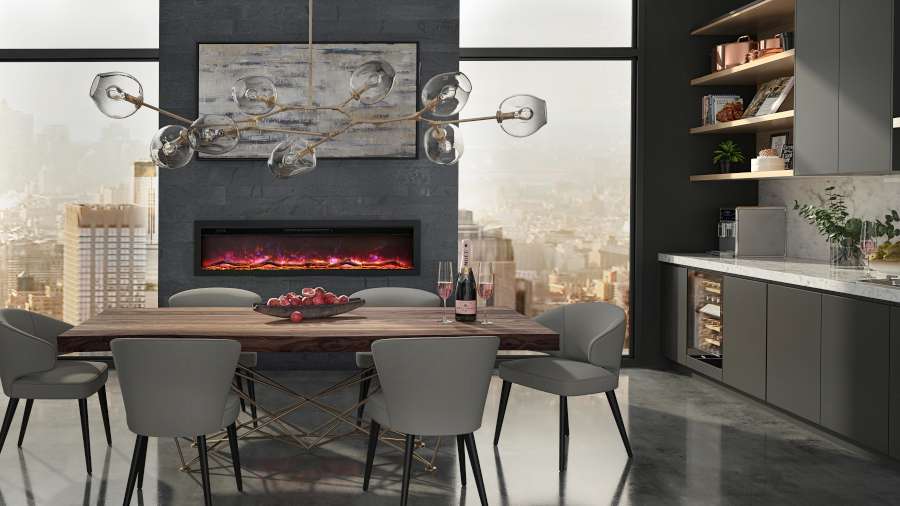
Credit: welovefire.com
Frequently Asked Questions Of How Many Btu Per Square Foot Cooling
How Many Btus Are Needed To Cool 1200 Square Feet?
To cool 1200 square feet, you will need approximately 24,000 BTUs.
How Many Btu Do I Need Per Square Foot Air Conditioning?
The number of BTUs (British Thermal Units) needed per square foot for air conditioning varies. A general guideline is to have 20 BTUs per square foot. However, it is important to consider factors like insulation, ceiling height, and climate conditions for a more accurate calculation.
Using an online BTU calculator can help determine the specific BTU requirement for your space.
How Many Btus Do I Need To Cool 800 Square Feet?
To cool 800 square feet, you’ll need approximately 16,000 BTUs. Ensure efficient cooling by using the appropriate BTU calculation.
How Many Btu Do I Need For 1500 Sq Ft?
A 1500 sq ft space typically requires around 18,000-24,000 BTUs for efficient cooling.
Conclusion
To determine the appropriate cooling capacity for your space, it is important to consider the number of BTUs per square foot. By using online calculators or following the guidelines provided by HVAC professionals, you can accurately determine the BTUs needed to cool your home or office.
Keep in mind factors such as insulation, ceiling height, and any unique conditions that may affect the cooling requirements. Finding the right BTU per square foot will ensure efficient and effective cooling, providing you with a comfortable environment all year round.


